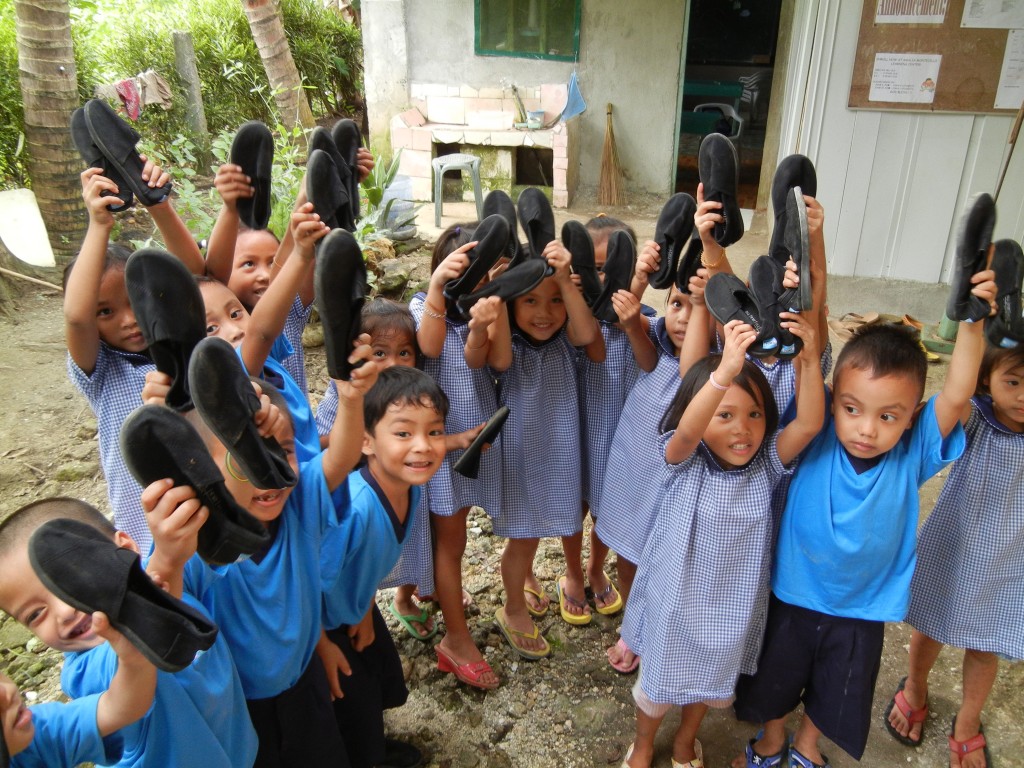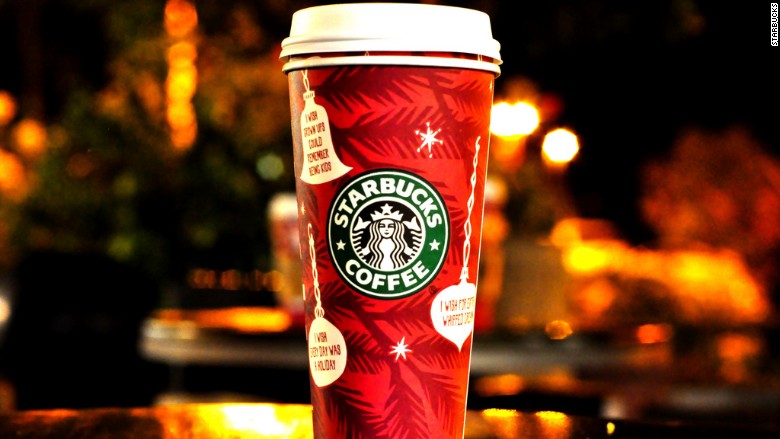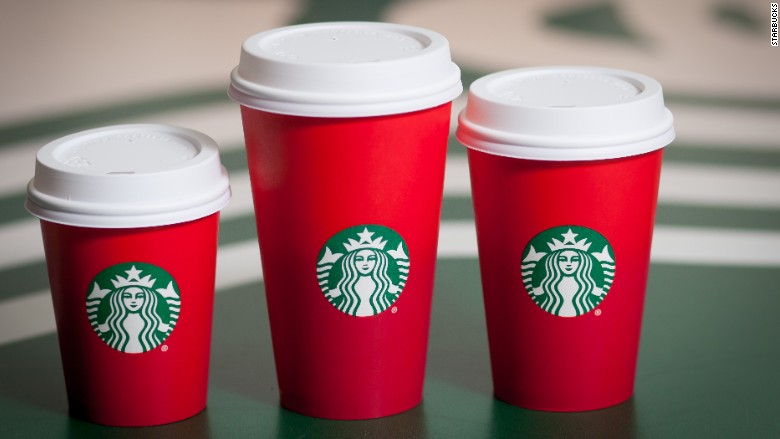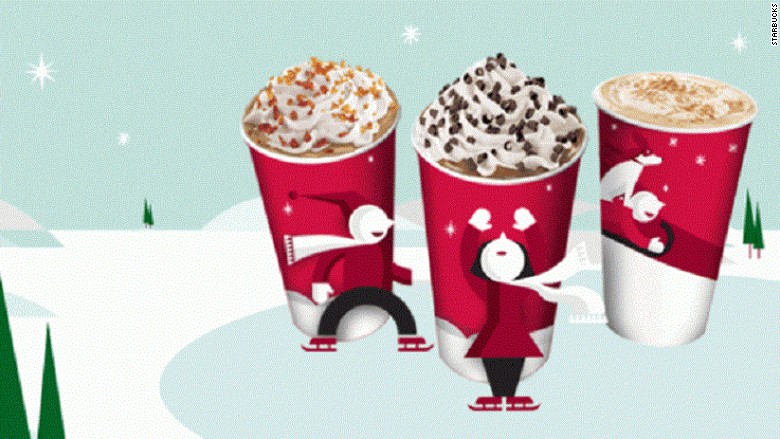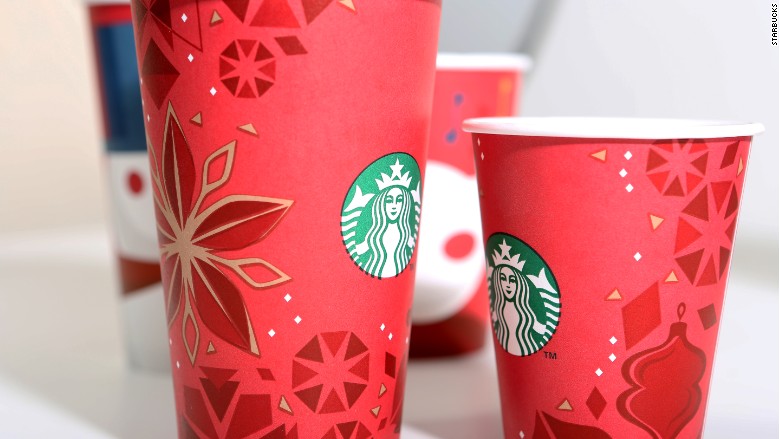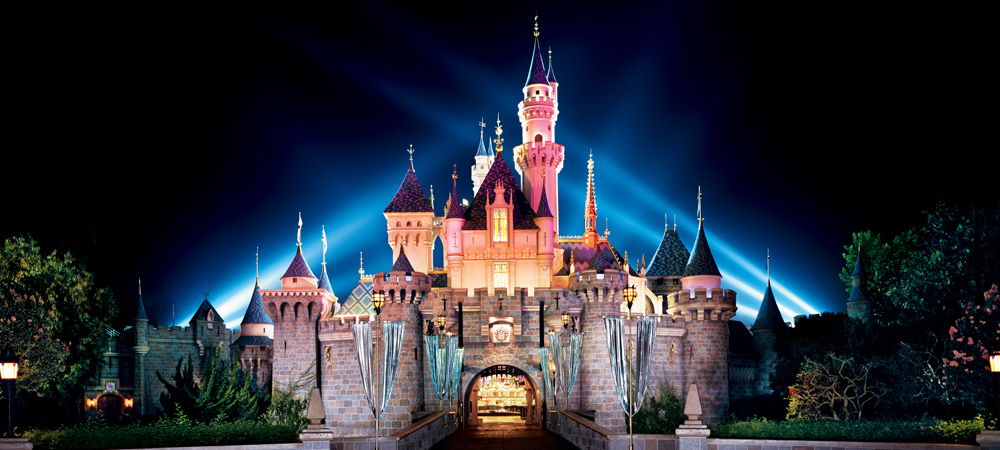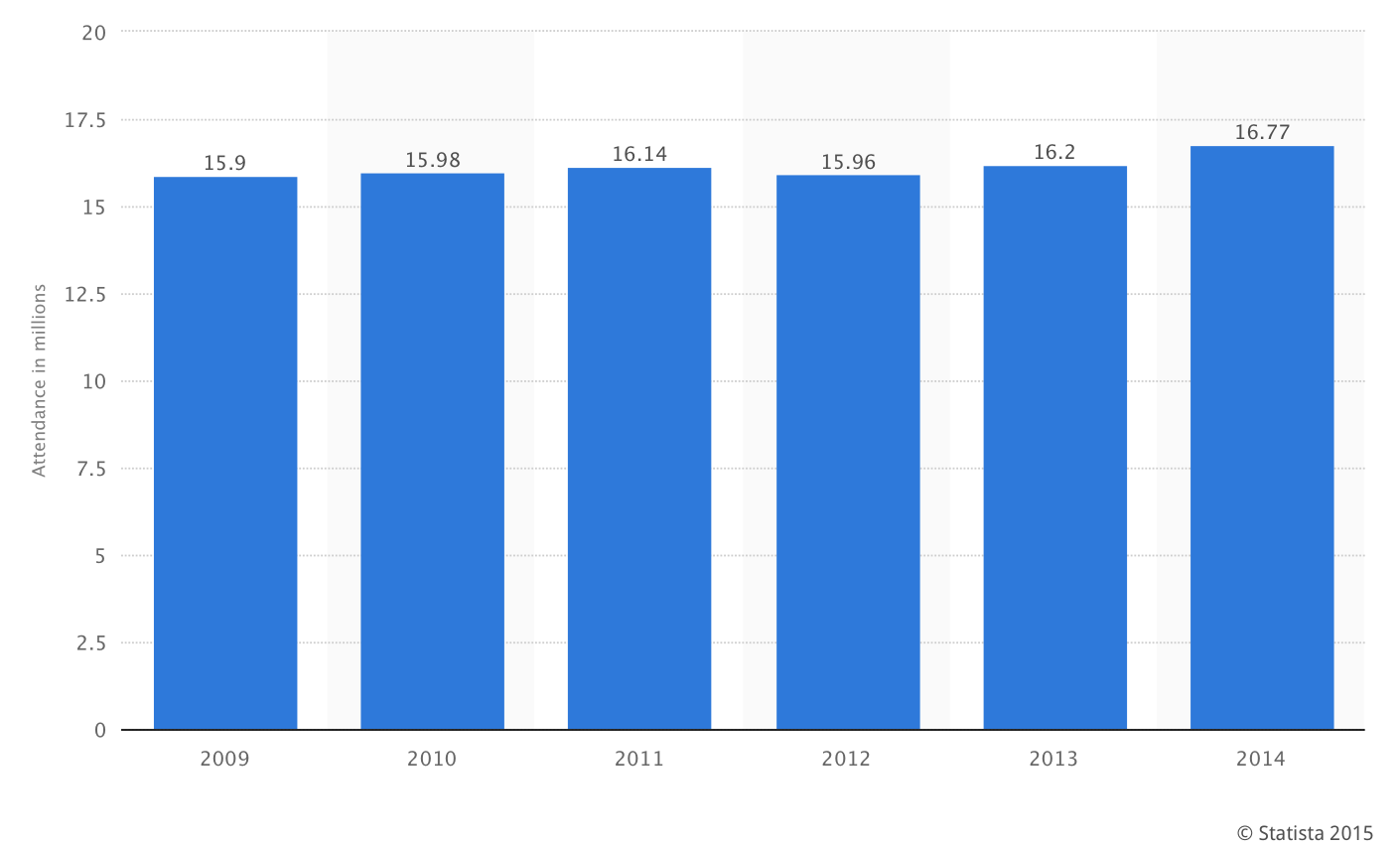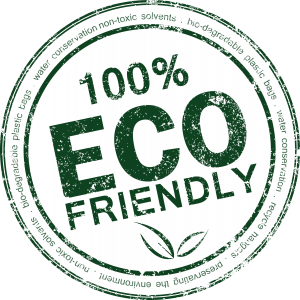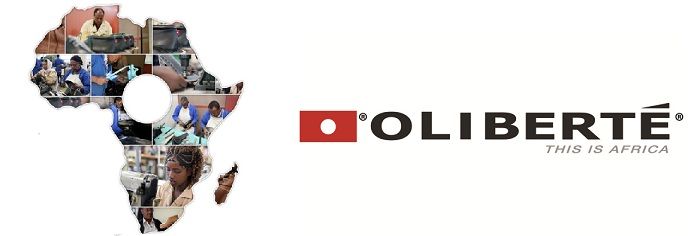
After a near-death experience in Brazil, Tal Dehtiar re-evaluated his life and founded his own company Oliberté. A certified Fair Trade factory, Oliberté manufactures footwear out of Ethiopia. A key point of difference separating this company from their competition is the fact that they provide jobs for those in need.

Building upon a previous post, “One for One or One for None”, Dehtiar’s solution is more sustainable than the Tom’s business model. Creating jobs holds greater value than a pair of shoes: footwear gives temporary relief but employment betters a person’s quality of life. Having a career promotes both mental and physical stimulation, in addition to teaching the value of hard work.
Oliberté embraces the phrase, “Trade. Not Aid.” Essentially, Dehtiar does not believe that monetary or material gifts will better a person’s life. And so, by employing safe labour practices, in addition to the company’s use of eco-friendly materials, Oliberté will achieve success as a sustainable brand.
Sources:
Entrepreneur: This Guy Makes Hipster Shoes in Africa. But Don’t Call Him a Social Entrepreneur

